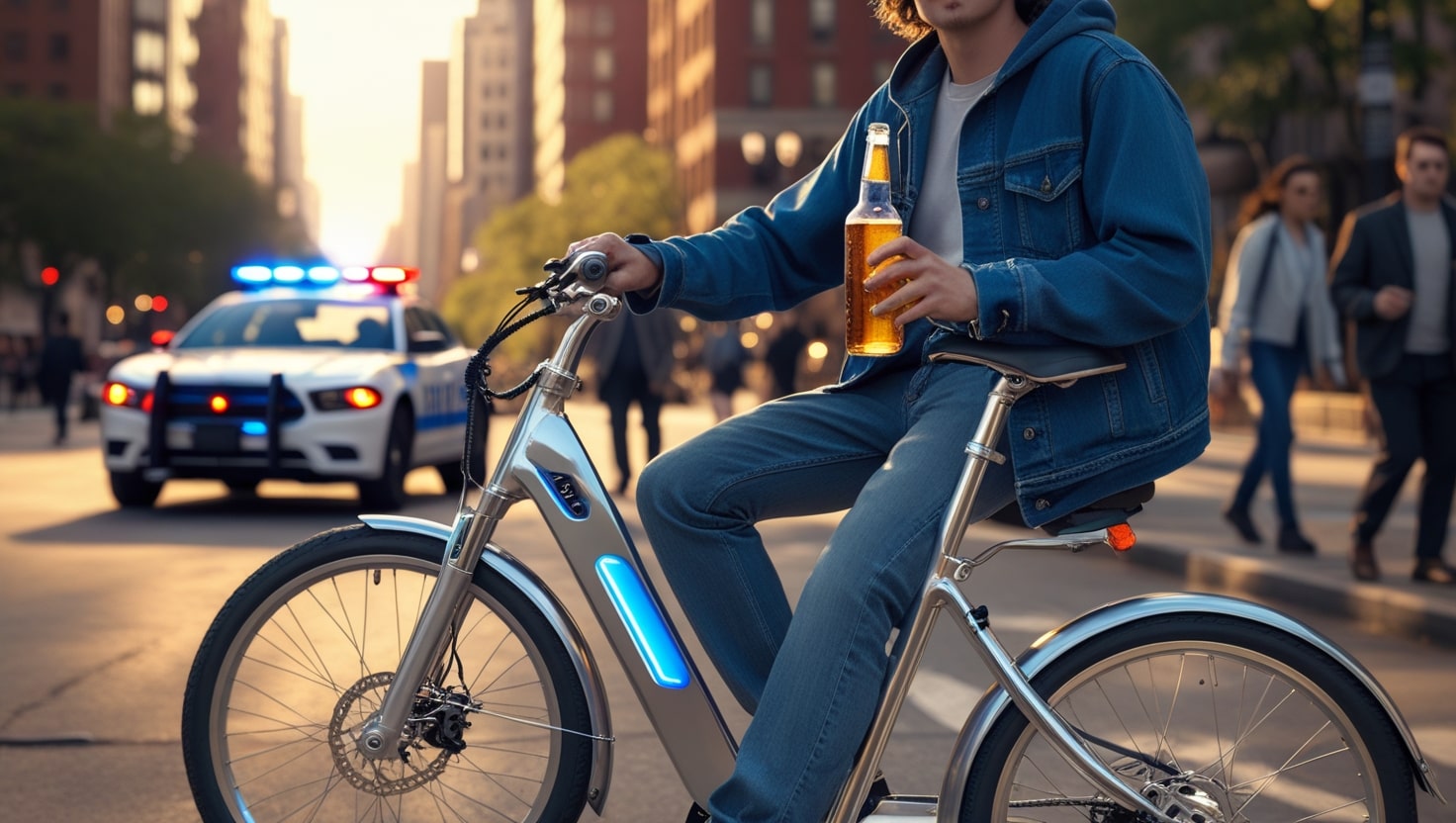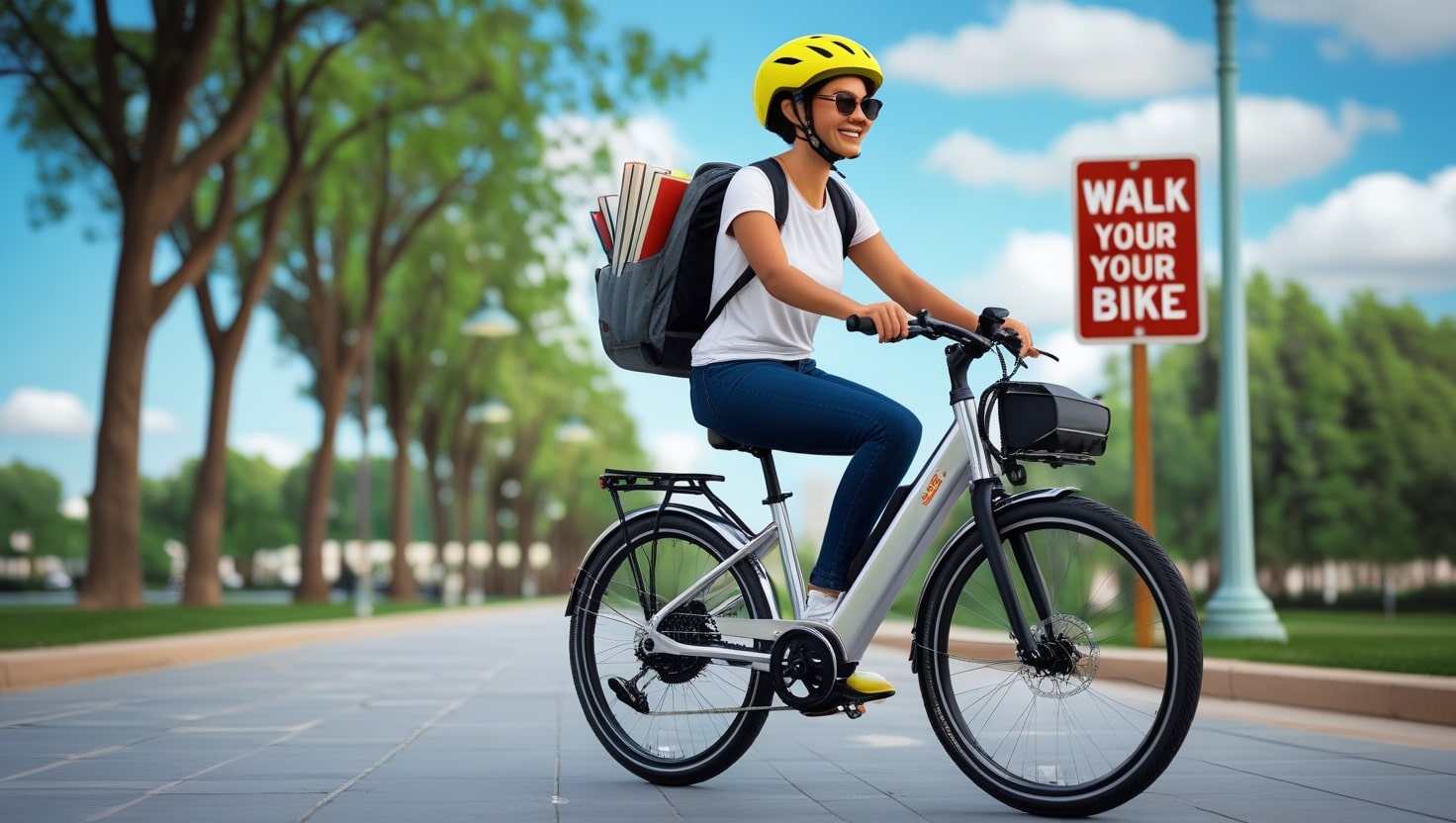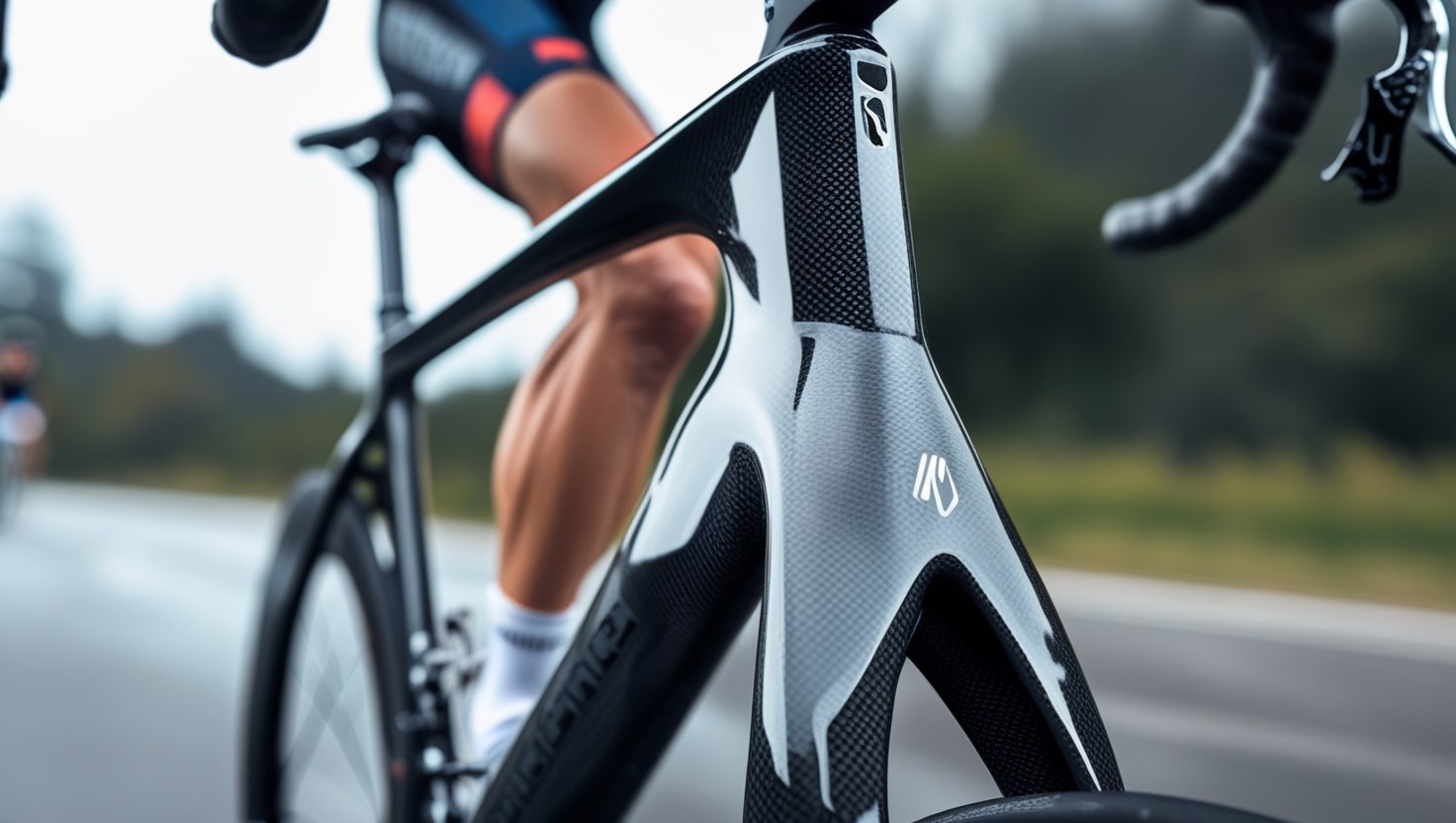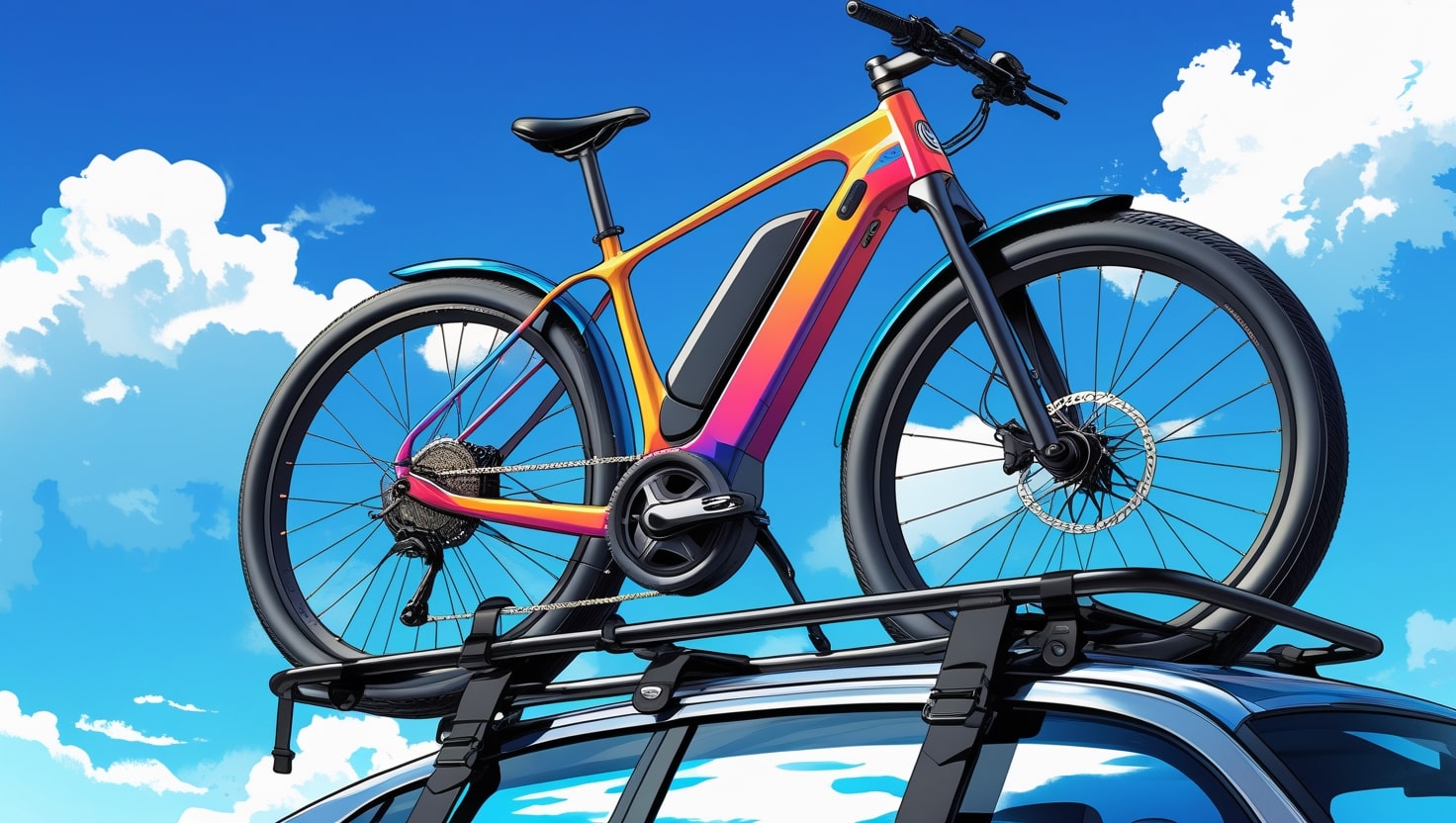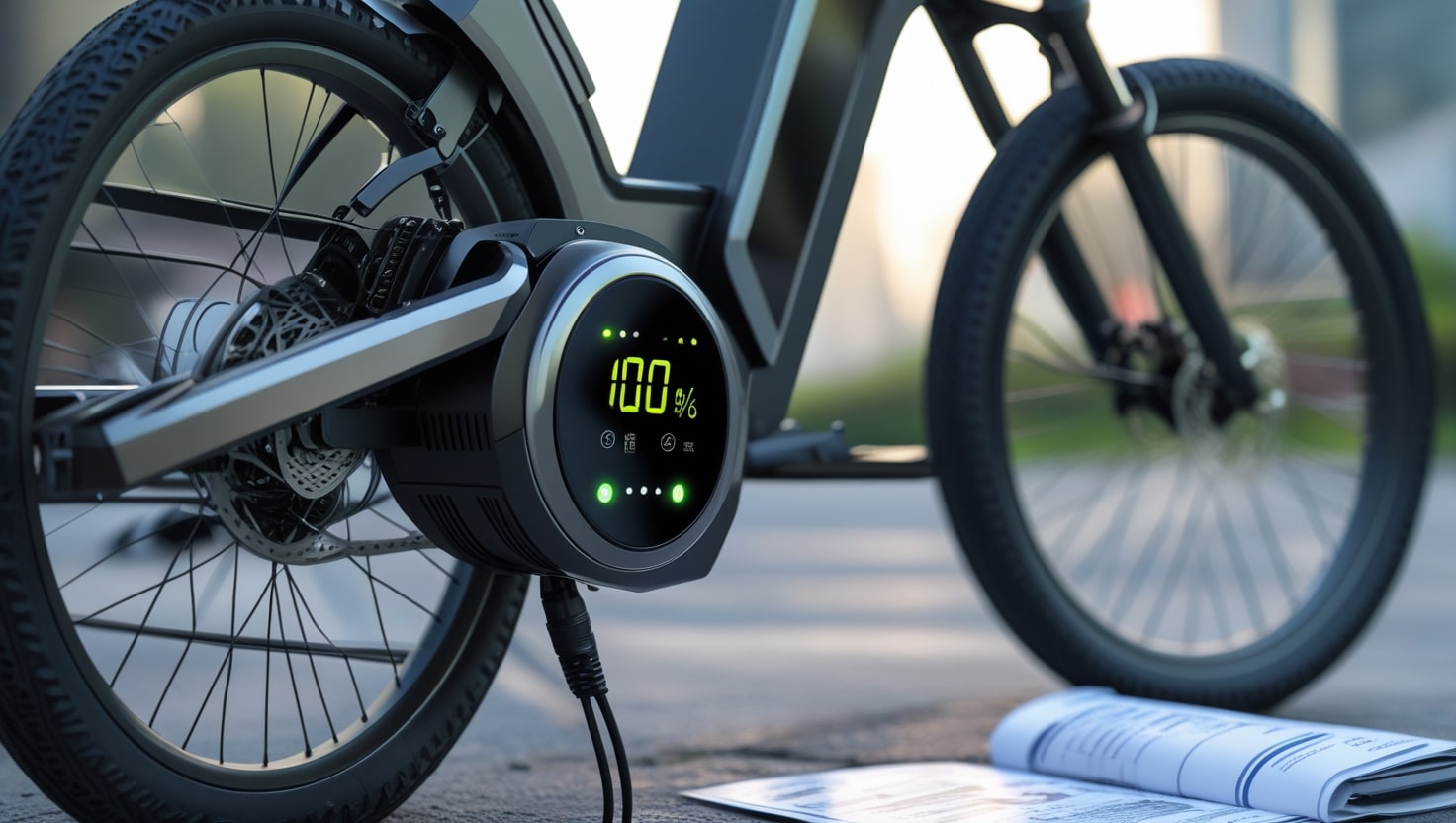When I started cycling more seriously, I realized that tracking my performance wasn’t just a nice-to-have—it changed the way I trained. A bike computer became the game-changer. Much like a dashboard in a car, a handlebar-mounted device gives live data during your ride—how far you’ve gone, how fast you’re moving, or even your cadence and power. These metrics give feedback that helps cyclists improve day by day. For me, getting turn-by-turn directions on my route and having navigational capability was the kind of feature that made longer rides feel effortless. With just a glance at the display, I could make confident decisions on the road.
However, there are so many possibilities that it might be daunting. That’s where knowing what you want makes all the difference. Instead of diving deep into every new technological innovation, I suggest starting with a clear overview of your needs. Are you in it for performance training or leisurely touring? That question alone can help in narrowing things down. Each bike computer has its unique capability, so make sure the one you pick matches your riding goals. In this article, we delve into how to choose a Bike Computer.
For bike ride info and navigation, you can choose from three options:
- Smartphone with a cycling app: I started with a smartphone using an app—it was an affordable way to get decent feedback, but the battery life quickly became an issue on longer rides.
- GPS-enabled fitness tracker or watch with cycling functions: A GPS-enabled watch or tracker with cycling functions is great if you also enjoy running or swimming—it suits multisport needs and basic fitness tracking.
- Bike computer on your handlebar: For dedicated riders, a bike computer mounted on the handlebar offers better battery life, a larger screen, and a cycling-specific interface, which makes it ideal for road or trail adventures.
Related: 10 Essential Tools for a Bike Ride
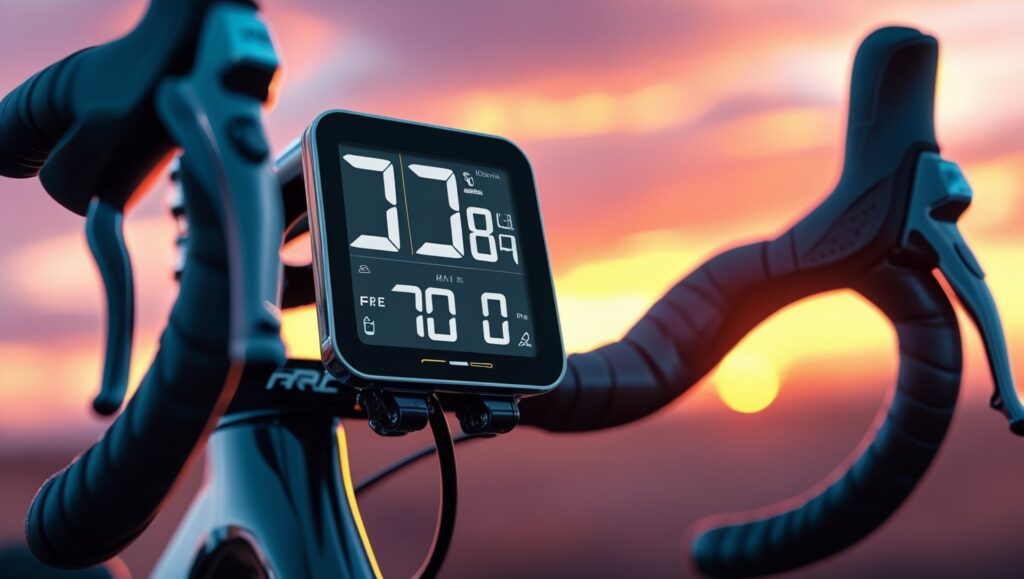
Do You Even Need a Bike Computer?
If you’re deep into cycling—especially long rides or competitive events—a dedicated device makes sense. Bike computers are built to handle intense training and deliver the kind of real-time data that pushes performance. But when I started, I relied on the phone in my pocket and the fitness tracker on my wrist, and both gave me enough feedback for basic progress. These simpler options also saved me a few dollars. Ultimately, if you’re serious about metrics or aiming to level up your training, a bike computer is worth it—but for casual riders, the choice really depends on how much tracking you want and what tools you already have.
Using Your Smartphone as a Bike Computer
For many riders, using a phone as a bike computer is a smart way to get started without spending much. Most GPS-enabled smartphones can run a third-party app like Strava or MapMyRide, which lets you log mileage, track performance, and share your rides with friends. I used Strava early on to compare my efforts and feel part of an online community. These apps are packed with useful functions, from basic navigation and ride metrics to the ability to download and analyze data after your ride. While many are free, unlocking extra features like advanced routes or performance tracking usually requires a subscription.
However, using your phone for cycling has trade-offs. Running navigation and live metrics can drain the battery quickly, especially on long rides. I’ve experienced moments where my battery dropped too low to call during a breakdown or, worse, a crash—which makes safety a real concern. Even with bike mounts that attach your device securely to the handlebar, some prefer dedicated fitness trackers or bike computers because their batteries last longer and they consume less power. In the end, weigh your options carefully—your choice should match how and where you ride.
Note: It’s a good idea to investigate a range of cycling applications because many bikers connect their fitness tracker or bike computer to smartphone apps. Examining the official apps provided by fitness tracker and bike computer makers is also a good idea because they frequently include comparable capabilities along with setup and customization tools.
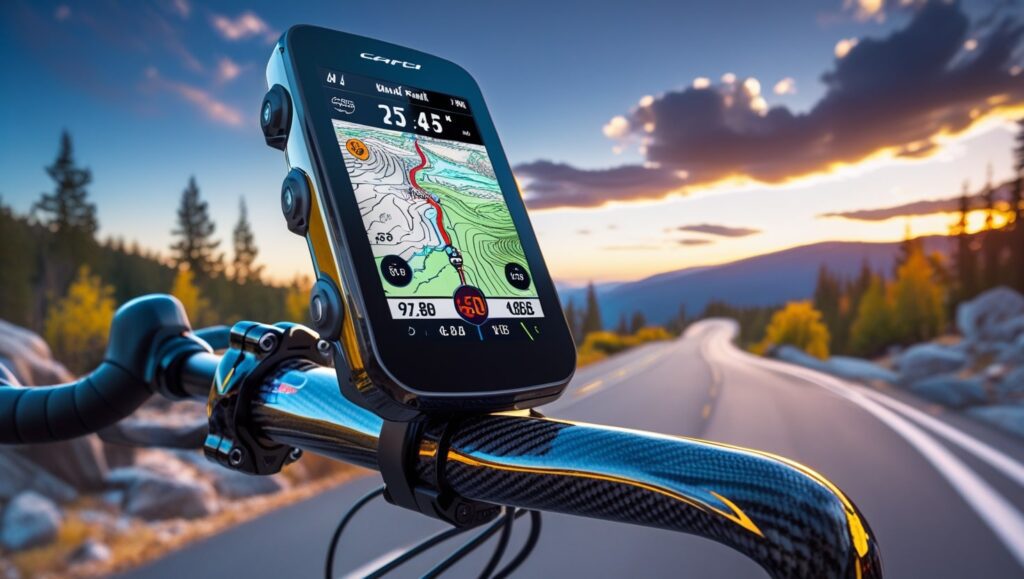
Using a Fitness Tracker as a Bike Computer
If you’re into multiple activities and already wear one of the many GPS-enabled fitness trackers, using it as your bike computer is a convenient option. Most of these trackers have a cycling mode that offers solid performance stats and feedback, along with basic navigation aid. One thing I like is that it’s right there on your wrist, so there’s no need for a handlebar mount—though that also means you won’t have a full screen or nav display while riding.
Using a Dedicated Bike Computer
If you value versatility but still want precision, going with a dedicated bike computer is a smart move. These purpose-built devices are designed with serious riders in mind, offering accurate data, a wide range of metrics, and large customizable displays that are easy to read during rides or intense races. What drew me in was the long battery life—perfect for day-long routes—and the smooth user interface, which made setup and mid-ride changes easy. Like most high-tech gear, spending a bit more brings better features, faster processing, and smarter technology that can truly enhance your cycling experience.
Related: Do Bikes Have Weight Limits?
Key Bike Computer Features
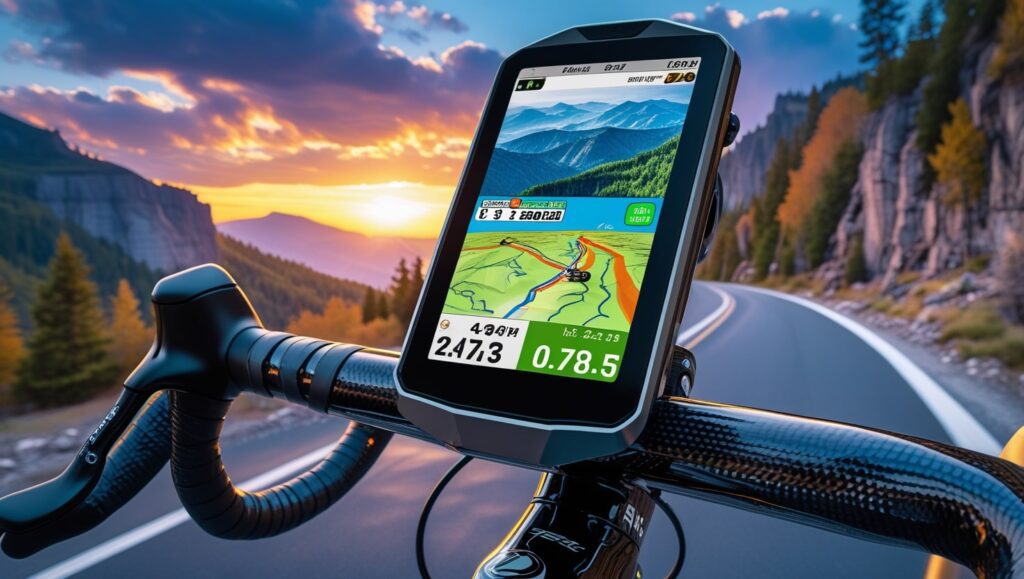
GPS functions: Most bike computers today are GPS-enabled, and many connect to satellite systems for precise tracking. The Global Positioning System allows you to measure distance, speed, and elevation while riding. Higher-end models are more sophisticated and expensive, but they offer greater accuracy and faster signal lock. If you’re serious about your rides, navigation becomes a key consideration. While some basic units are more affordable, they may lack real-time mapping or advanced GPS features.
Cycling functions: A solid bike computer helps you track your data, from baseline stats like speed and distance to more advanced metrics like cadence, power meter integration, and elevation changes. I use additional sensors to track my performance while climbing. Many brands also sell bundle options that include these items, saving money compared to buying them separately. These features are especially helpful if you’re training for something serious and need accurate performance feedback.
Wireless technology: In the past, choosing between wired and wireless was a real distinction, but now nearly all units communicate wirelessly. Most support multiple protocols, including Bluetooth, to connect with a phone, laptop, fitness tracker, or additional sensors. This level of communication makes setup easy and cuts down on clutter. It’s something to think about during shopping, especially if you’re already using gear that needs to sync seamlessly with your new computer.
Navigation: A good bike computer should offer reliable navigation, especially if you’re exploring new routes. Affordable units provide tracking and may alert you if you go off course, but more sophisticated systems offer turn-by-turn guidance much like a car GPS. These allow you to input a destination and follow a mapped route with ease. The functionality and quality of basemaps vary, but the best ones are usually found in top-tier models.
Mountain biking functions: If you’re into mountain biking, look for a feature that supports connectivity with Trailforks, a top app for trail information and navigational data. This has been a major benefit in my rides. You’ll also appreciate metrics like jumps, air time, and flow, which measure the smoothness of your descent—all crucial for improving technique and maximizing fun.
Display quality: When it comes to the display, both quality and price often correlate. Affordable models may only offer black-and-white screens, while more sophisticated units feature touch-screen color displays. Most brands’ apps let you customize what data is shown and how it appears, which adds to the overall user experience, especially if you want quick-glance readability while riding.
Heart rate monitor (HRM) functions: Advanced bike computers also support HRM integration to give you detailed cardio and training data. You can connect a chest strap or use a wrist-based sensor from your fitness tracker or another fitness tracker. Personally, monitoring my heart rate helped me fine-tune effort levels and recover smarter after hard sessions.
Related: What is Crankset?


